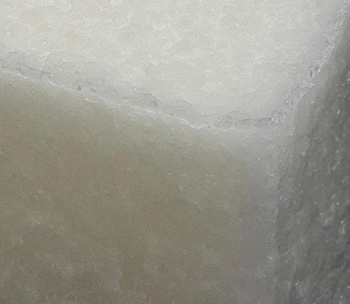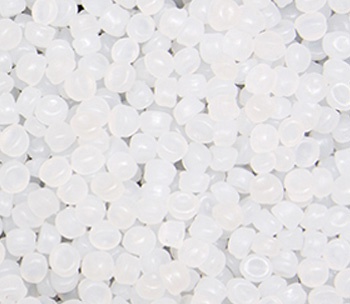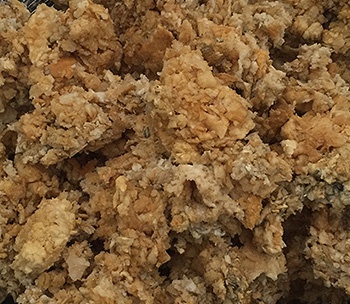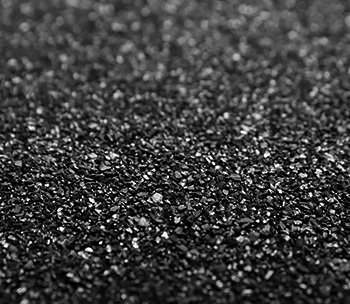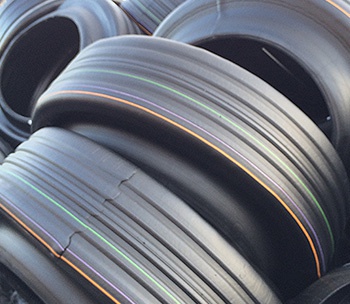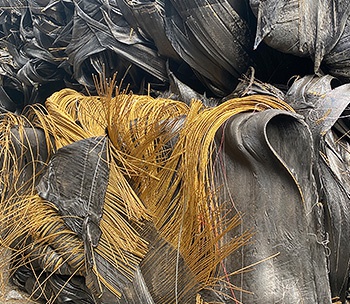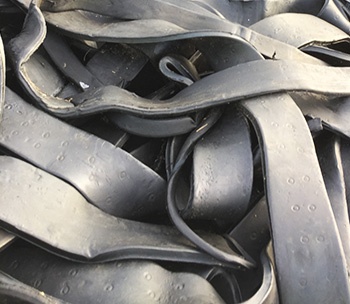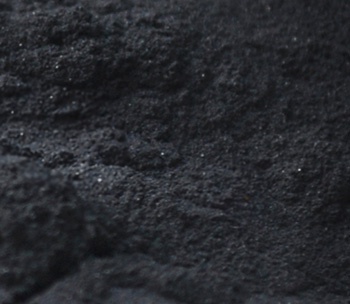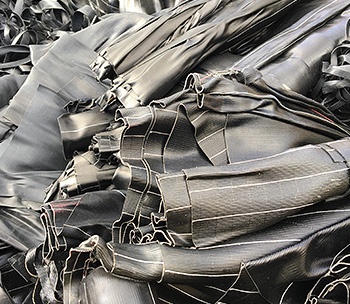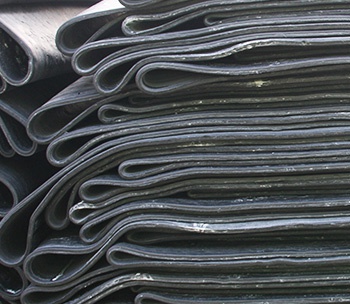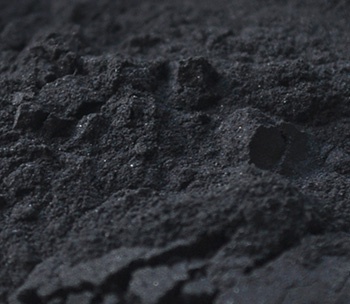Rubber Polymers
Rubber polymers are available in mainly two distinct types. First, the natural rubber is derived from the milky sap or latex which is harvested from the rubber tree. The other type is synthetic rubber, created through a chemical synthesis process in industrial facilities using oil-based feedstocks. There are lots of reasons a rubber polymer material cannot be used in the intended way. Natural rubbers can be contaminated and over-aged or their quality can become deteriorated due to environmental circumstances. For synthetic rubber, issues in production, lack of processing control, and contamination will create rubber materials that need to be wasted but can be re-used in specific applications.
Top